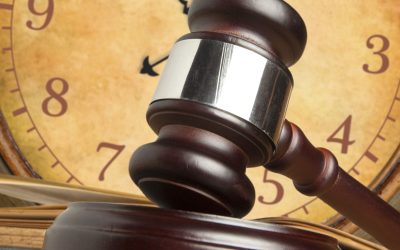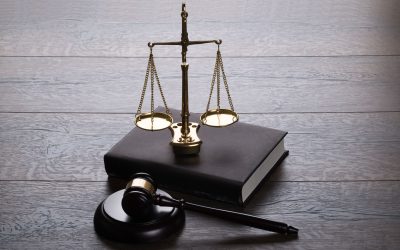Once you are in financial trouble, getting everything back under control can seem like a hopeless undertaking. Particularly when penalties and interest begin piling up, the amount that you need to pay to get out of debt can grow so large that there is no realistic way that you could achieve this goal on your own. This is when you should look to the law and find out whether declaring an Iowa Chapter 13 Bankruptcy might be able to help you get things under control.
Many people think of bankruptcy as something that erases your debt and is only for people who have nothing left. The Chapter 13 option, however, is designed for people who still have income and some assets, but who are nonetheless in serious financial trouble. For example, it can be a good way to go if you have serious tax debt and you want to attempt to stop interest from continuing to accrue while you are working to pay it off. It can also be used for things like preventing a foreclosure and taking care of missed car or mortgage payments.
When you are looking to declare an Iowa Chapter 13 Bankruptcy, you need to make a plan and have the means to carry it out. You need to propose a payment plan that will have you covering what you owe in between 3 and 5 years. In return for this, you end up being able to keep secured and nonexempt assets that otherwise might be foreclosed, repossessed, or taken as a part of a Chapter 7 bankruptcy proceeding in an effort to cover as much of your debt as possible.
The law is designed to balance the interests of both debtors and creditors by trying to make sure that people get the opportunity to pay back what they owe, and are obligated to do so. A Chapter 13 filing will give you an opportunity to set up a payment plan that can then have you back on your feet and feeling good about your financial life in just 3 to 5 years. If you have assets that you want to keep, rather than having to give them up to get bankruptcy protection, this is the course that can help you.


